Ever wanted to become a better communicator? This article unveils ten simple yet powerful methods to boost your communication abilities. From listening better to understanding body language, these easy-to-follow techniques will help you communicate more effectively and feel more confident in any conversation.
1. Active Listening: Engaging and Understanding Others
Active listening involves more than just hearing words. It’s more about grasping the underlying message and responding thoughtfully.
Eg: In a team meeting, listen your colleague’s points thoroughly. Reflect on their words before contributing your thoughts. Say a teammate suggests a new strategy. Then first try to summarize his idea before adding your insights. It not only ensures understanding but also shows respect for his input. This practice fosters a culture of understanding, where everyone feels valued, leading to better collaboration and more innovative solutions within the team.
2. Practice Public Speaking for Enhanced Communication
Engaging in regular public speaking opportunities, such as participating in various activities voluntarily fortifies your communication skills.
Imagine a scenario where Sarah, initially nervous, consistently presents during meetings. With practice, her confidence grows, her delivery becomes more articulate, and she learns to engage her audience effectively. Eventually, she excels in conveying ideas, influencing others, and becomes a proficient communicator in various professional settings, all thanks to consistent public speaking practice.
3. Empathy and Understanding:
Empathy in communication involves understanding others’ perspectives and emotions.
For instance, imagine a team meeting where your colleague seems upset. Instead of focusing solely on the agenda, see if you can acknowledge his feelings—like saying, “I notice you seem concerned”. Its empathy. It creates a supportive atmosphere and helps to make communication better.
Understanding others’ emotions before discussing work-related matters helps build trust and encourages open dialogue, fostering a more collaborative and productive environment. Empathy enhances connections and makes conversations more meaningful and effective.
4. Feedback and Improvement:
Seeking feedback and integrating it for personal growth is a powerful method to enhance communication.
For instance, after delivering a presentation, actively ask for feedback from colleagues or mentors. Suppose they suggest refining your structure or using more visual aids. By implementing this feedback in your next presentation, you showcase improvement.
This iterative process of receiving feedback, assimilating it, and refining your communication style continually elevates your skills, making you a more effective and engaging communicator in professional settings.
5. Body Language Awareness:
Understanding non-verbal cues is crucial in effective communication. For instance, maintaining eye contact signifies attentiveness and interest. Open body posture, like uncrossed arms, conveys approachability. Conversely, crossed arms might indicate defensiveness. By being aware of these cues, you can ensure your non-verbal communication aligns with your message.
In a business meeting, maintaining open body language while listening attentively not only encourages dialogue but also establishes rapport. Being conscious of how you present yourself non-verbally can significantly enhance the impact of your communication.
6. Adaptability in Communication for diversified audiences
Adaptability in communication involves adjusting your approach based on the audience or context. For instance, a sales presentation to a tech-savvy group might dive into technical specifics, while the same information presented to a non-technical audience would emphasize benefits over complexities.
In a diverse workplace, adapting communication styles ensures everyone comprehends and engages. For instance, a manager may employ a direct approach with a deadline-driven team but adopt a more collaborative tone with a creative department. Adapting language, tone, and content enhances understanding and connection with varied audiences.
7. Clarity and Conciseness:
Communicating with clarity means being clear and to the point. For instance, in a team meeting, instead of a lengthy explanation about a project update, one could summarize key points concisely.
For example, “Our project achieved a 20% increase in sales this quarter due to the new marketing strategy.” Clear and concise communication ensures that the message is easily understood without unnecessary details, saving time and fostering better understanding among team members.
8. Continuous Learning:
Continuous learning involves staying updated with evolving communication techniques.
For instance, imagine a marketing professional attending workshops on persuasive communication. By learning new strategies, like refining storytelling techniques or mastering influential language patterns, they can enhance their ability to engage audiences effectively.
Continuous education ensures professionals adapt to changing communication trends. At the end, it enables them to craft convincing messages that resonate with diverse audiences. Ultimately it encourages their success in the dynamic landscape of business and interactions.
9. Cultural Sensitivity: Embracing Diverse Communication Styles
Understanding and respecting diverse communication styles is vital for effective interaction. For instance, when collaborating with international colleagues, being culturally sensitive involves adapting communication methods.
For example, in a global business meeting, acknowledging and accommodating different cultural norms regarding greetings or conversation pace fosters a favourable environment. Adapting one’s approach by researching or asking for guidance on appropriate communication styles showcases respect and facilitates smoother interactions. It also bridges potential gaps in understanding due to cultural differences. This nurtures a more inclusive and harmonious working atmosphere.
10. Storytelling Skills: Convey Messages through Engaging Stories
Storytelling is a powerful communication tool. For instance, in a business context, imagine explaining a new company strategy through a story. Detailing how the strategy evolved, its challenges, and the eventual success in a narrative format captivates the audience.
By sticking to facts while narrating a convincing story, it not only educates but also emotionally connects, making the information memorable and impactful. Storytelling transcends industries, enriching communication by engaging listeners and leaving a lasting impression of the message conveyed.
Based on all above strategies, please remember that improving communication skills is an ongoing process. Consistent practice, feedback, and a willingness to adapt are key elements in becoming a more effective communicator.
